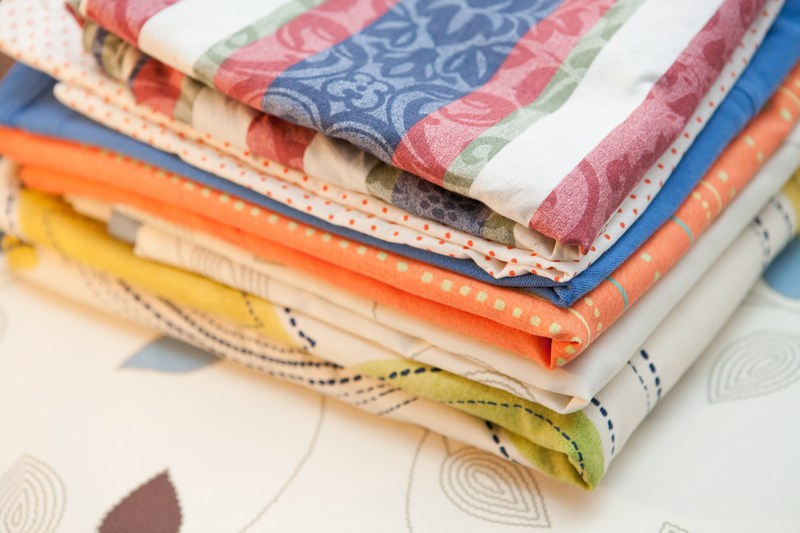The challenges of moving a piano solo
Posted on 27/09/2024
Moving a piano can be daunting for even the most experienced moving professionals. As a cherished and delicate instrument, pianos require special care and attention during the moving process to ensure they arrive at their new location in pristine condition. Whether you are moving your piano across town or across the country, it is important to understand the unique challenges that come with transporting this heavy and delicate instrument.
The Weight and Size
One of the first challenges of moving a piano solo is its incredible weight and size. Pianos can weigh anywhere from 300 to 1,200 pounds, making them one of the heaviest items in a household. Additionally, upright pianos can range from 4 to 5 feet in height, while grand pianos can reach up to 9 feet in length. This makes pianos difficult to maneuver through doorways, staircases, and narrow hallways.
To overcome this challenge, professional movers often use specialized equipment such as a dolly or crane to move the piano safely and efficiently. However, if you are attempting to move a piano on your own, it is crucial to have enough people to help lift and support the weight of the instrument.

The Fragile Nature
Aside from its weight and size, another major challenge of moving a piano is its fragile nature. Pianos are intricate instruments with thousands of delicate parts that can easily become damaged if mishandled during the moving process. Even just a small bump or jolt can result in costly repairs or irreparable damage.
To protect your piano during a move, it is recommended to wrap it in blankets or moving pads. These provide cushioning against any potential impacts and scratches. You can also use straps or belts to secure the lid and keep it closed throughout the move.
The Climate Conditions
Pianos are sensitive to temperature and humidity changes, which can cause their wood components to expand or contract. This can lead to tuning problems and even structural damage. When moving a piano, it is important to take into consideration the climate conditions both at your current location and your new destination.
If you are moving during extreme weather conditions, it is essential to wrap the piano in plastic to protect it from moisture. You should also avoid storing or transporting the piano in an unheated or non-air-conditioned area, as these drastic temperature changes can also impact the instrument.
The Transportation
Transporting a piano solo requires careful planning and coordination. Whether you are moving locally or long distance, it is important to secure proper transportation for your piano. If you are using a moving company, they may have special trucks equipped with air-ride suspension systems that provide a smooth and stable ride for delicate items like pianos.
If you are transporting the piano yourself, make sure it is loaded securely and that any potential movement is minimized during transport. Additionally, avoid stacking other items on top of the piano as this can cause damage to its delicate structure.
Pros and Cons
The main benefit of moving a piano solo is that it ensures that the instrument receives undivided attention during the move. This means less risk of damage compared to when you move multiple items together. However, it can be more costly as specialized equipment and extra manpower may be needed.
Some potential cons of moving a piano solo include the complexity of coordinating transportation and ensuring proper insurance coverage for such a valuable item. It may also take longer to move one item separately rather than combining it with other household belongings.
Tips for Moving a Piano Solo
- Start planning early: Give yourself plenty of time to research and find reliable professionals if needed.
- Measure doorways and stairwells: Make sure your piano can fit through all necessary areas before attempting to move it.
- Protect the piano: Use moving blankets and pads to protect the instrument during the move.
- Hire professionals: If possible, hire professional movers who are experienced in moving delicate items like pianos.
- Communicate with movers: Make sure to communicate any special care instructions or concerns with your moving company.

Takeaways
Moving a piano solo is not a task to be taken lightly. It requires careful planning, coordination, and the right equipment to ensure a successful and damage-free move. If you are unsure about your ability to move a piano on your own, it is highly recommended to hire professional movers who specialize in transporting delicate items.
Conclusion
The challenges of moving a piano solo may seem overwhelming, but with proper planning and precautions, it can be done successfully. Remember to take into consideration the weight and size of the instrument, its fragile nature, climate conditions, and transportation methods. By following these tips and taking necessary precautions, you can safely transport your beloved piano to its new location.




